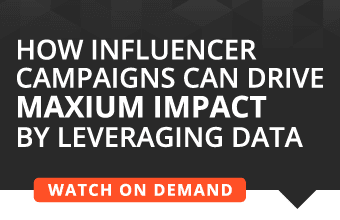There is little doubt now that the world of marketing is a digitized one, with more brands and advertisers adopting graphic design and online media into their strategies than ever before. While this shift has been a boon for the influencer marketing industry, it has also given rise to a new branch of digital marketing: virtual influencers.
Influencers are social media users who command sufficient authority and respect, often in specific niches or topics of interest, to be trusted by wide groups of people online. Virtual influencers have the same characteristic, with one key difference: they exist in a purely digital form. While influencers are human beings with their own personalities, thought patterns and unique flaws, virtual influencers are the product of copywriters, designers and programmers.
While the idea of a digital character being revered by human beings en masse can seem a dystopian one, more brands and advertisers than ever are adopting virtual influencers in their digital media campaigns—with significant success. Virtual influencers, then, pose somewhat of a dilemma for brands: they can be a powerful digital marketing tool, but what risks do they pose to brand campaigns and the broader influencer industry?
The emergence of virtual influencers has created a host of new issues that need to be addressed by the influencer industry
When done right, influencer marketing is a tool that relies on authenticity and transparency; given virtual influencers are entirely digital and entirely fabricated, is this really possible for this new class of online voices? Moreover, if virtual influencers are not seen as genuine or authentic characters, what does this mean for brands who choose to work with them?
Indeed, virtual influencers are a painstakingly crafted vision of what their creators have assumed audiences will be interested in engaging in. Rather than sifting through thousands upon thousands of human influencers creating their online presence, brands can instead choose to design a virtual influencer that meets their exact parameters—and won’t be a pain at the negotiating table. The risk is that the rise of virtual influencers and their adoption by brands into online marketing campaigns will lead to a rise in audience distaste for the industry as a whole. There are, however, two sides to this story
Virtual influencers can also be seen as unique expressions of art
As digitally crafted characters, their appearance and personality can be made to perfectly appeal to a range of audiences. At the same time, they can be relied on to post on time, and never to stray off-brand. Issues of authenticity and transparency can perhaps be overcome with great copywriting.
Perhaps there is a middle ground upon which virtual influencers can find success. Virtual influencers like Lil Miquela, for example, are self-aware in their status as a created personality, forming a new kind of transparent relationship with audiences. Brands, meanwhile, can hope to be received as cutting-edge in their pursuit of experimental digital mediums.
While the phenomenon of virtual influencers has so far raised more questions than it answers, one thing is clear: advertising, including digital PR, is evolving. Virtual influencers are likely here to stay, which means that consumers, brands, influencers and digital campaigns will have to adapt accordingly.








